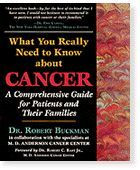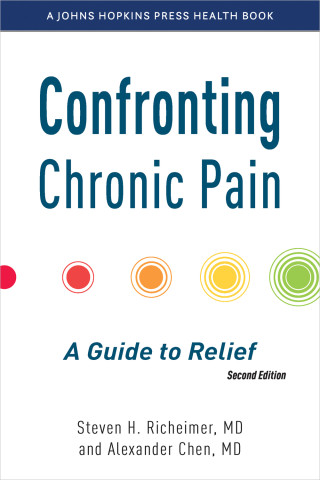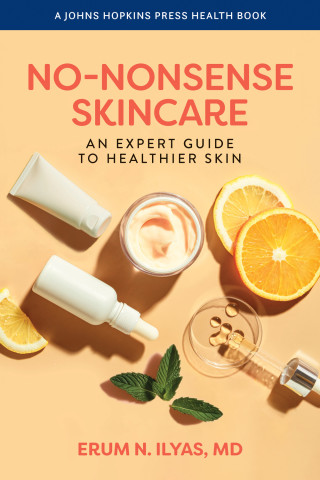
Reviews
Whether a child has traveler's stomach or dysentery, sunburn or heat stroke, Ryder, who has worked in three countries across three continents, spells out potential symptoms, what they might mean, and how parents should react to them... Recommended for all public libraries and for hospital and walk-in medical center libraries, especially those supplying immunizations for world travel.
A unique publication of its type... a genuine resource book of helpful information for those traveling with children... Provides travelers with good explanations and practical tips on how to manage common health problems faced by the traveler.
His advice to parents is practical, sensible and easy for parents to understand.
A handy resource for home or on the road.
The well-indexed, accessibly written little handbook covers ailments from traveler's diarrhea to malaria... His first-aid tips are just as rich.
Well-indexed, accessibly written little handbook.
If you have children, you need this book! Comprehensive and easy to use, it will inform, empower, and encourage you.
This book succeeds admirably, providing state-of-the-art information in a comprehensive and easy to understand manner.
Book Details
List of Tables
Foreword, by B. K. Varma, M.D.
Foreword, by Boris Skurkovich, M.D.
Acknowledgments
Introduction
Part One: Traveling with Children
1. Planning, Packing, and Pacing
2. Staying Safe, Staying
List of Tables
Foreword, by B. K. Varma, M.D.
Foreword, by Boris Skurkovich, M.D.
Acknowledgments
Introduction
Part One: Traveling with Children
1. Planning, Packing, and Pacing
2. Staying Safe, Staying Healthy, and Preventing Accidents
3. Traveling with Children outside the United States
4. Advice for Visiting Friends and Relatives
5. Traveling with Children Who Have Chronic Illnesses and Special Needs
6. Traveling Teenagers
7. Camping and Other Outdoor Adventures
8. Traveling by Air
9. Cruise Ships
10. Motion Sickness
11. Altitude Sickness
12. Travelers' Diarrhea
13. Selecting and Preparing Safe Food andWater
14. Skin Problems
15. Malaria
16. Other Mosquito-Borne Illnesses
17. Emerging Infectious Diseases
18. Bringing Your Internationally Adopted Child Home
Part Two: Common Childhood Illnesses
19. Newborns and Infants to Age Three Months
20. Fever
21. Pain
22. Teething
23. Colds, Upper Respiratory Infections, and Nasal Congestion
24. Sore Throats
25. Earaches and Ear Infections
26. Common Infections Your Child Is Sure to Get
27. Antibiotics
28. Coughs
29. Nosebleeds
30. Eye Problems
31. Vomiting, Diarrhea, and Dehydration Caused by Acute Gastroenteritis
32. Vomiting and Diarrhea with Causes Other Than Acute Gastroenteritis
33. Abdominal Pain
34. Constipation and Stooling Patterns
35. Headaches
36. Seizures, or Convulsions
37. Rashes
Part Three: Summer Woes
38. Sunburn
39. Insect Bites and Stings
40. Snake Bites
41. Venomous and Stinging Marine Animals
42. Poison Ivy, Poison Oak, and Poison Sumac Rashes
43. West Nile Fever
44. Lyme Disease
45. Foot and Ankle Care
Part Four: Accidents, Injuries, and Emergencies
46. The Basics
47. Head Injuries
48. Spine, Neck, and Back Injuries
49. Poisoning
50. Cuts, Scrapes, and Bruises
51. Burns
52. Foreign Bodies in the Ear
53. Foreign Bodies in the Nose
54. Knocked-Out Tooth
55. Mammal Bites
56. Rabies
57. Heat-Related Illness
58. Cold-Related Illness
59. Firework Injuries
60. Lightning Injuries
61. Drowning Prevention
62. Breathing Difficulties
63. Choking
64. CPR and Basic Life Support
Part Five: A Medical Kit for Children
Appendix A: Average Weight of U.S. Children
Appendix B: Converting Degrees Fahrenheit to Degrees Centigrade
Index





